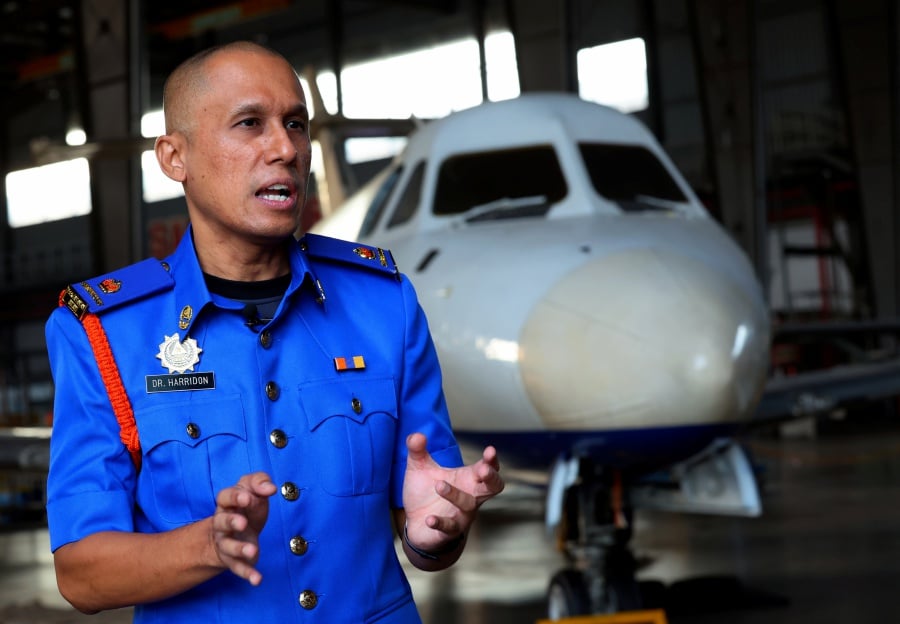KUALA LUMPUR: The preliminary report on the Kapar air crash on Feb 13 demonstrated the importance of comprehensive pilot training in producing vigilant and observant pilots, an aviation expert said.
Associate Professor Major Dr Mohd Harridon Mohamed Suffian said pilot training mainly emphasises upon flights and the dynamics behind them.
"There are classes or topics with regards to aircraft maintenance and overhaul, but these are not prominent and not lectured or taught in depth to cadet pilots.
"Within this context, the holistic health of the aircraft would not be properly interpreted or discerned by the pilots, and this is an aviation risk where pilots are not fully aware of the tangible conditions of the aircraft they are flying or operating.
"It is imperative for pilots to be comprehensively trained in assessing or evaluating the health of their aircrafts and learn the methodologies of analysing voluminous data of aircraft maintenance in order to properly detect the anomalies of their aircrafts," the Universiti Kuala Lumpur Aviation Technology Institute search and rescue department head told the New Straits Times.
He was asked to comment on the preliminary report issued by the Air Accident Investigation Bureau (AAIB) today on the crash that killed two people onboard the aircraft on Feb 13.
Among the findings highlighted in the preliminary report, said Harridon, included that the ill-fated aircraft was severely overweight and could not fully function within its dynamic flight capacity.
"The pilot must be vigilant with regards to the weight of the aircraft and ensure that it is within the permissible safety envelope.
"It is imperative to train pilots to be vigilant and observant of the characteristics, performances, and attributes of the aircraft they are flying."
He described the frequency of incidents involving light aircrafts or recreational flights as alarming, which attests to a safety level that could be improved.
He added that there are various methodologies or approaches to maintain and overhaul aircrafts.
The classical method is scheduled maintenance, where maintenance practices are actuated in accordance to a stipulated schedule.
"While this is commendable, the appropriate methodology is the utilisation of predictive maintenance, where data of the wear and tear of the components of the aircraft are collected and analysed in a periodic fashion to acquire stipulations on the optimum time frame to actuate maintenance and overhaul of the aircraft.
"Even though this approach requires additional integration of Health Monitoring System upon the aircraft which would incur additional costs, in the long run the benefits outweigh the initial cost as maintenance would only be actuated when it is necessary, thus maintenance costs and man-hours are reduced.
"Safety would still be retained as predictive maintenance would indicate any anomalies based upon the analysed data and the snags are detected at the earliest time frame," he said.
The AAIB, in its preliminary report on the Feb 13 air crash released today, found that there were irregular maintenance activities had been performed on the aircraft.
The bureau also found that the aircraft's actual take-off weight had exceeded the maximum take-off weight limitation.


